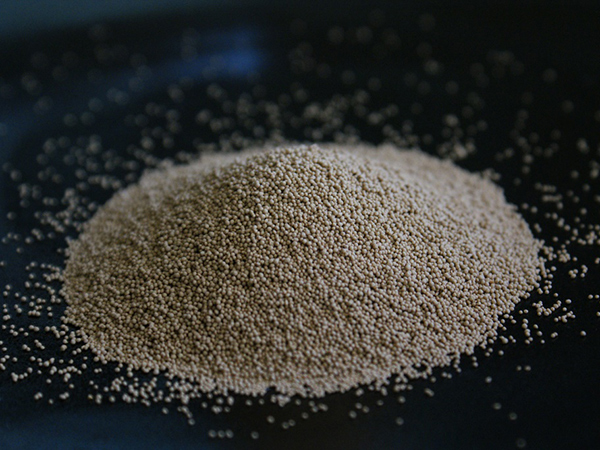The Art and Science of Sanding Resin A Comprehensive Guide
Sanding resin isn’t just a technique; it’s an art that requires a deep understanding of materials, tools, and processes. To anyone working with resin, whether for art, DIY projects, or industrial applications, mastering the sanding process can significantly impact the final product's quality and finish. This article delves into the intricacies of sanding resin, providing tips and insights for achieving the best results.
Understanding Resin
Before diving into sanding, it's crucial to understand what resin is. Resin is a versatile material used across various fields, including art, construction, and manufacturing. Common types of resin include epoxy, polyester, and polyurethane, each with unique properties and uses. Epoxy resin, in particular, is favored for its strength and clarity, making it ideal for artistic applications.
The Importance of Proper Sanding
Sanding resin is an essential step in the finishing process, whether you’re creating resin art, crafting jewelry, or making furniture. Proper sanding helps in smoothing out rough edges, removing imperfections, and preparing the surface for painting or polishing. A well-sanded piece not only looks aesthetically pleasing but also enhances durability and stability.
The Sanding Process
1. Curing Before sanding, ensure that your resin is fully cured. Curing time varies based on the type of resin and the environmental conditions. Typically, epoxy resin takes about 24 to 72 hours to cure completely, while some fast-curing resins set in just a few hours. Sanding too early can cause the resin to become gummy and may lead to uneven surfaces.
sanding resin

2. Choosing the Right Sandpaper The grit of sandpaper is crucial for achieving the desired finish. Start with coarse grit (around 80-120 grit) to remove significant imperfections, then gradually transition to finer grits (up to 600 grit or higher) for a smooth finish. Wet sanding can also be beneficial; using water can help reduce dust and improve the finish.
3. Sanding Technique When sanding, use a circular motion and avoid excessive pressure to prevent gouging the resin surface. Utilizing a sanding block or an orbital sander can also help achieve an even finish. Remember to keep the surface wet if you are using wet sanding to minimize dust and reduce heat, which can damage the resin.
4. Final Touches After sanding, wipe the surface with a damp cloth to remove dust particles. If desired, you can polish the resin piece using a polish specifically designed for plastics or resins to achieve a glossy finish.
Health and Safety Considerations
Sanding resin can produce dust and particles that are harmful when inhaled. Always wear a dust mask or respirator, protective eyewear, and gloves during the sanding process. Ensure that your workspace is well-ventilated to reduce the inhalation of toxic fumes or dust.
Conclusion
In conclusion, sanding resin is an integral part of creating high-quality resin projects. With the right techniques, tools, and safety precautions, anyone can master this skill. Whether you're crafting a stunning piece of art or creating functional items, understanding how to properly sand resin will enhance your work and yield impressive results. Embrace the process, and enjoy the transformation of your resin projects into finely finished masterpieces!
Post time:11月 . 09, 2024 06:22
Next:Exploring Key Properties of Foundry Sand for Optimal Casting Performance
